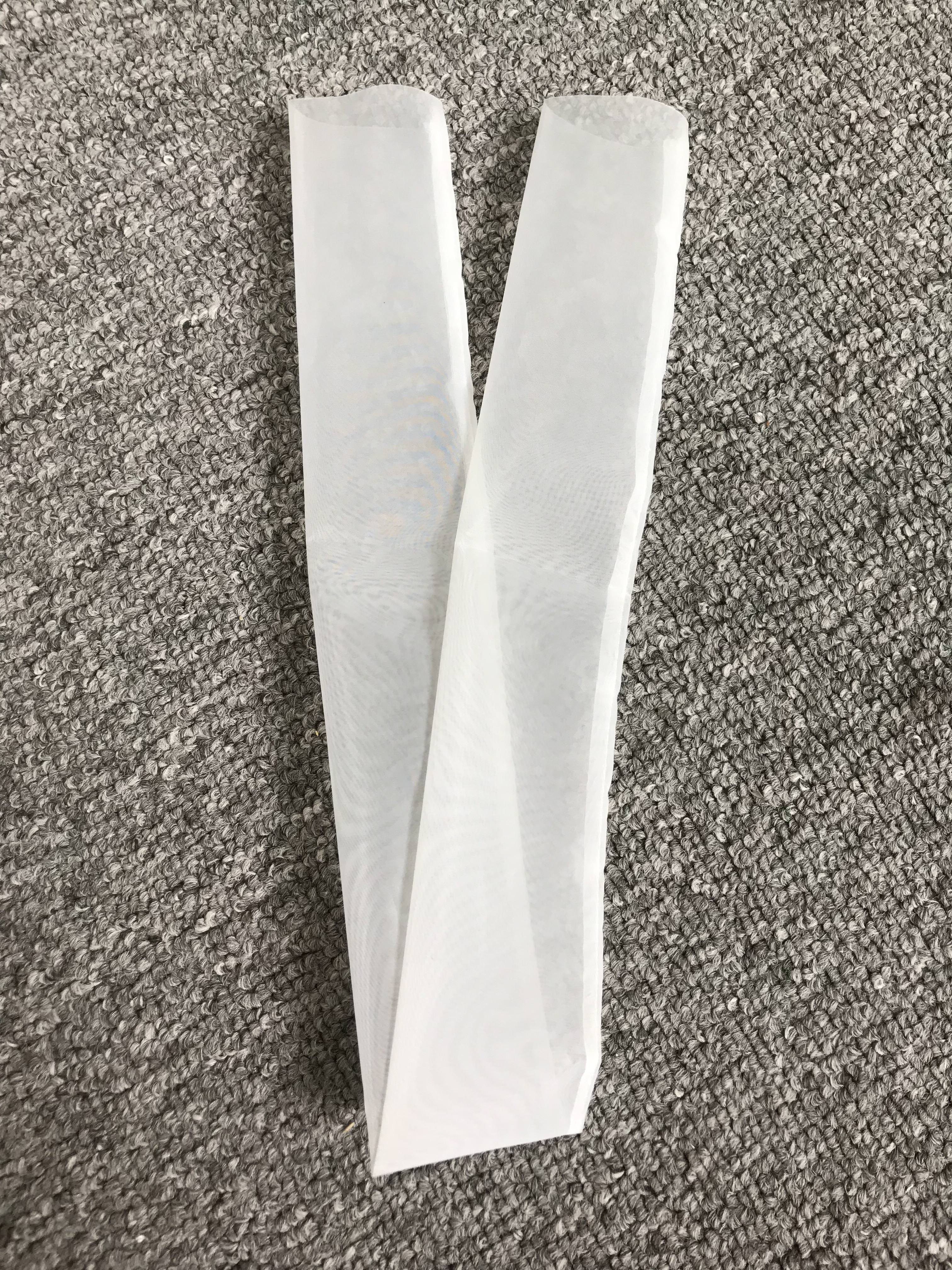Oh, ok, I guess I didnt do too bad then. I don't really know for sure what pressure (no hydraulic pressure gauge on this press, but it's a 20 ton with manual control), but is it possible to give it too much? I also do not have a hygrometer, but I steamed the drier stuff. I squeezed it down slowly and kept giving it a little more pressure as it relieved itself as the fluids were displaced. Started with just 3-4 minutes on the first 3-4 presses, but pressed longer on the one with the biggest yield, closer to 10 minutes.
On my second round of attempts I got similar results with some different strains that were also more on the dry side. For experimentation I pressed the last 1/8 I did for just over 30 min, and got a lot more out than I did on the one before it with all other conditions the same.
Dang bro, sounds like a tricky first stab.
I recommend to invest in one of these -
https://www.amazon.com/Caliber-Digi...=digital+hygrometer&psc=1&smid=A141OTTBXJ0MV8
You'll want to take your buds and put them into a jar that will fit both the hygrometer and the buds you intend to press. It can take hours before it gets an accurate reading, but this will tell you the condition of your buds.
I've not used the steam method to introduce humidity into the buds, so I can't really say if you used enough? I believe the methods that were used in steaming was to measure the material pre and post-steaming to make sure you introduced enough moisture into the buds. I've always used bovedas with hygrometers because it's easily verified with a 2nd hygrometer and the humidity packs let you know when they are about used up, not a lot of guess work involved.
Sounds like you definitely had enough pressure and time, so I am thinking we need to inspect the buds closer. Check them out with a jewlers loupe or a nice magnifyer, make sure they got a lot of resin. Once you know that you have your buds between 55-65% stable RH, I would just squish like a gram nug at 220F for 45 seconds and see what sort of yields you get. If the material is pretty good I would expect at least 20% but perhaps closer to 25%. 10-30 minute press is quite long, I would keep it under 3 minutes at like 180F and down to about 45 seconds if you're pressing at higher temps like 220F.
If you are seeing color in your parchment where the puck is, you are using too much pressure, that is about the best way to know w/o a gauge.

 Remember you can always squish less, no reason to put a whole lot in there when you're just testing!
Remember you can always squish less, no reason to put a whole lot in there when you're just testing!
 It was a horizontal bag build and the rosin was really really good, sweet and sour fuel (sage n sour strain). I feel like it was a technique issue. Unfortunately that's not yet been confirmed, as soon as I get my press fixed I am going to give it another shot bottle tech style with 65% RH buds. All I gotta say is I hope it ain't true that it's a low yielder =/
It was a horizontal bag build and the rosin was really really good, sweet and sour fuel (sage n sour strain). I feel like it was a technique issue. Unfortunately that's not yet been confirmed, as soon as I get my press fixed I am going to give it another shot bottle tech style with 65% RH buds. All I gotta say is I hope it ain't true that it's a low yielder =/








 What a yielder! Gonna have to be on the lookout for that platinum OG, I knew it was a frosty cultivar!
What a yielder! Gonna have to be on the lookout for that platinum OG, I knew it was a frosty cultivar!